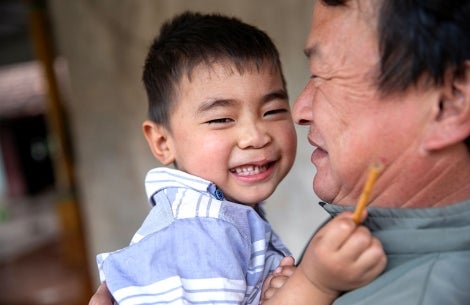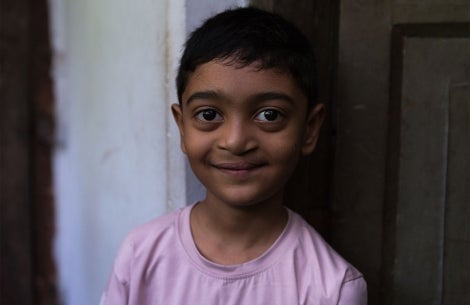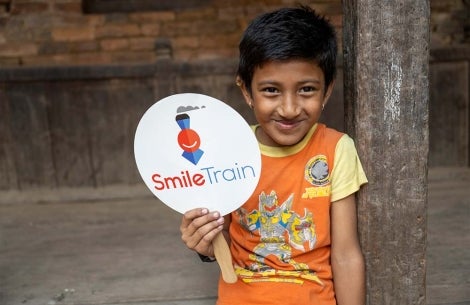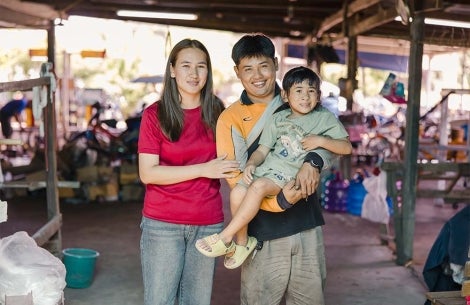Mobasher Hossain Brings Smiles to Bangladesh’s Forgotten
A chat with one of South Asia’s most fearless humanitarians
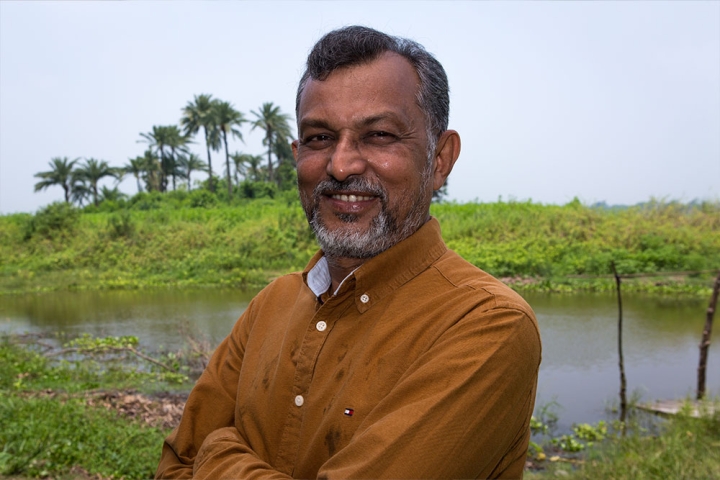
From running a “ration shop” to helping trafficked girls receive an education, ABM Mobasher Hossain, our Program Director for Bangladesh, took an unusual path to running one of Smile Train’s largest programs. Yet it is exactly his decades of experience fighting for those others ignore that has driven him to phenomenal success in this role. And he’s only been doing it for two years.
We recently sat down with Mobasher to learn more about his incredible life and his plans for making free, lifesaving, local cleft care available to more Bangladeshis than ever before, no matter who they are or how remote their village.
Tell me about your background.
My father ran a “ration shop” during our Liberation War in 1971. At that time, the government allocated rations for people who didn’t have a lot, and he held the licence for food and grain in our area. I worked with him, and I had my own ration shop licence. One day, a person came to our shop and wanted us to participate in a study he was conducting on food grain distribution systems in Bangladesh. I agreed, and after six months, he proposed that I work with him as a computer coder to help collect all the data. This was in 1987. It was a joint project with the Bangladesh Institute of Development Studies and the British Open University, and they just taught me how to do that.
Once the project ended in 1991, I went back to my business with my father and started engaging myself in political things. He didn’t like that. But then I was offered a job from a development organisation called Prodipan as a development officer. My role was to give those living in the slums, especially the women and children, non-formal education. That work was particularly consciousness-raising, and it made me want to give myself over to the development sector because I really enjoyed every second of directly working with the people in need and supporting them. It gave me a very good feeling.
After four years, I started at another organisation, the Nari Maitree Women Coalition, as a project coordinator. There, I helped to provide non-formal education to working children — those who were not going to school — as well as girls who were being trafficked. Then I worked with Save the Children, ACF, Plan International, WaterAid, and iDE.
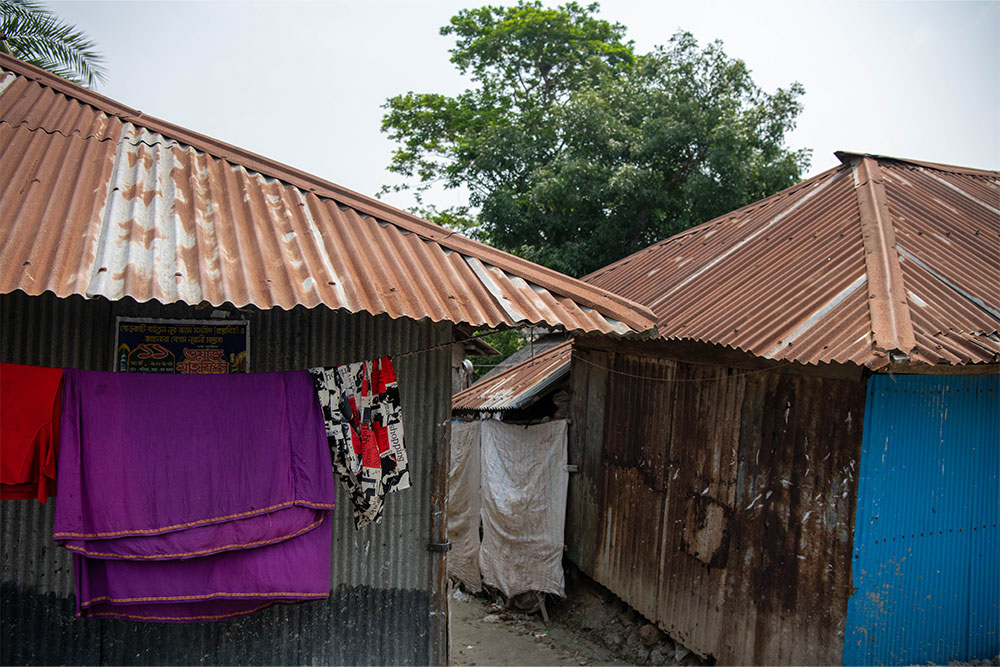
All of these experiences showed me just how great the need is in my country.
What is the culture of healthcare like in Bangladesh? Can more vulnerable communities get the help they need, or is there still work to be done?
Our government has a very good system for providing health services. However, people in need say that they don’t believe it’s interested in providing services to them, even if they cannot afford any of the public-private alternatives.
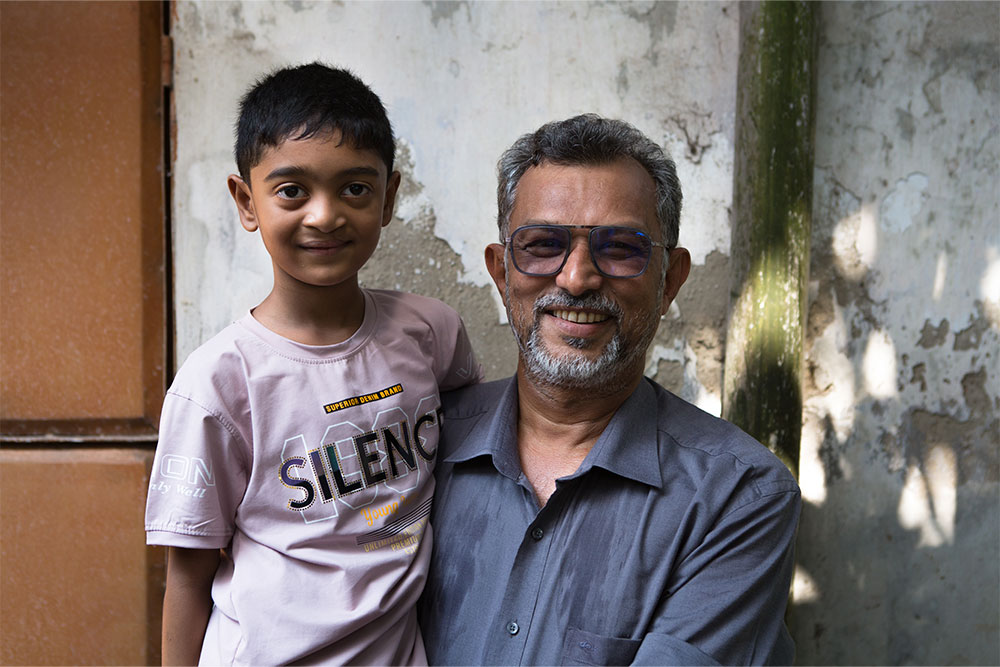
How did you come to join Smile Train?
I had no idea about Smile Train before joining, though I had been working in the development sector for around 37 years at that point. I first heard about it when I suddenly got a phone call from a person saying Smile Train found your CV on LinkedIn and is interested in talking to you. I knew this would be a bit different from what I was used to because none of my previous experience was in the health sector. But I did have experience in project management and partnership management and similar things.
Let’s talk about Smile Train’s Bangladesh programme. How many partners are there and, on average, how many surgeries do we support there each year?
When I started with Smile Train in the middle of October 2021, we had 30 partners all together. Of those, 20 were regular partners and 10 were outreach centres, which I have since helped to become regular partners. On average, my partners are doing around 450 surgeries each month and 5,000 each year.
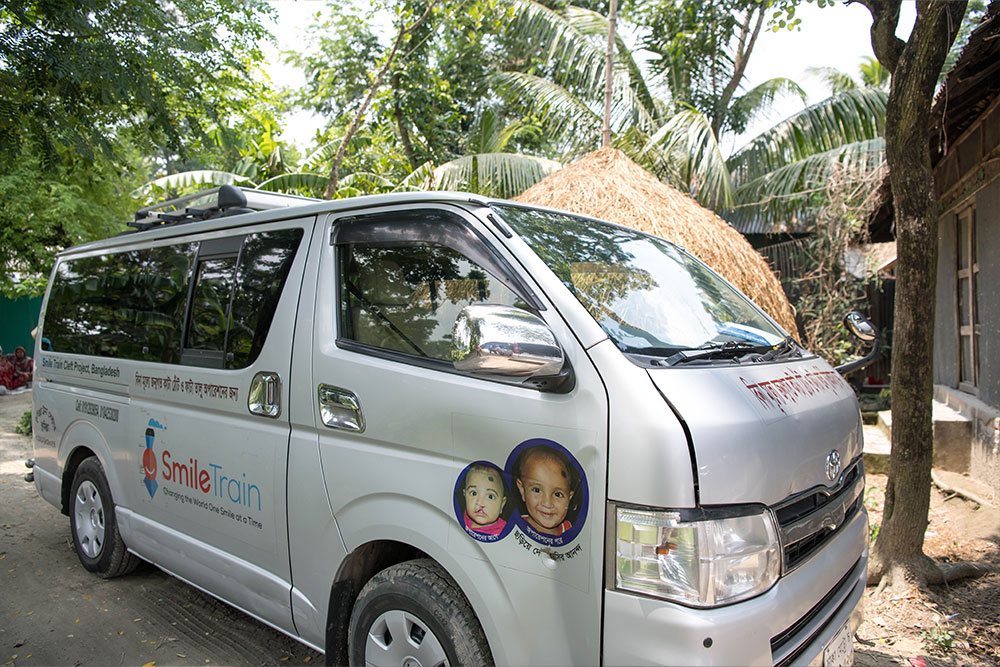
How do you connect the most remote and vulnerable patients with care?
There are a number of patients, mostly those who live in very remote villages, who don’t know about Smile Train. So, we need to reach those people. That is why I am working to extend our communications through television and radio so that people will know this care is available and come to us. We are also doing other things there, like partnering with local NGOs to distribute Smile Train leaflets so that if people see someone with a cleft, they know where to send them.
We are also working with the community clinics: There are more than 4,000 of them in the very rural areas, and they do not have the facilities for conducting cleft surgery. So we are trying to provide them with information such that when a couple that just had a child with a cleft comes in, the staff can immediately refer them to us. We will then talk to the family and direct them to their nearest Smile Train partner treatment centres and whom to contact there. This is the way we are trying to reach every patient.
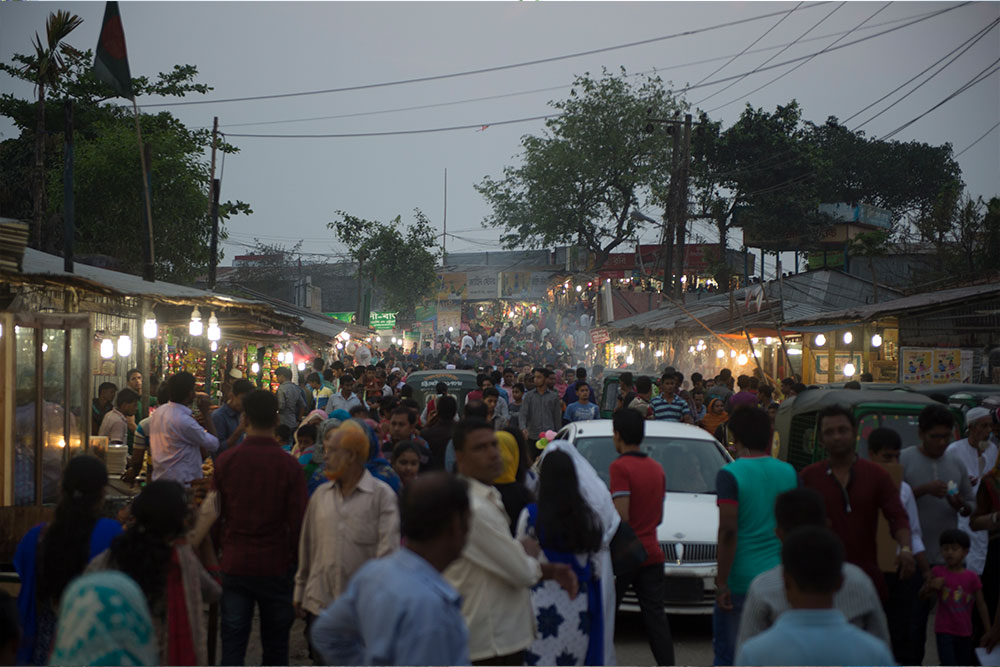
How has the programme grown since you started? What kinds of training have you provided to our Bangladeshi partners?
This is a very important question. Before I arrived, this programme was focused only on the project directors, the chief surgeons at our partner hospitals. They were doing everything, while their colleagues often were not as familiar with Smile Train and our protocols for surgeries. So I started working with the nurses, the anaesthetists, the whole cleft team to ensure that they are familiar with Smile Train and empowered to do their jobs to the exacting standards we demand.
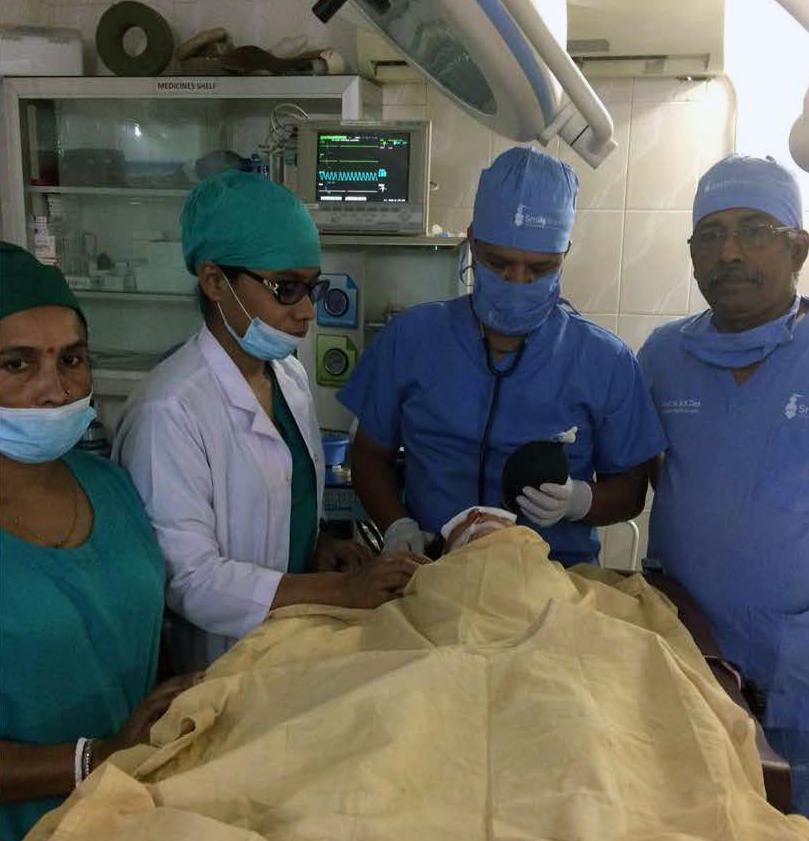
I am continuing this work by organising more training for other frontline members of the cleft team. For example, nurses. All patients and their families must feel comfortable speaking with nurses, and that takes training. Nurses also need to know how to manage patients at every stage of surgical care, from pre- and post-operation to the recovery ward to making sure patients can reach them once they get home.
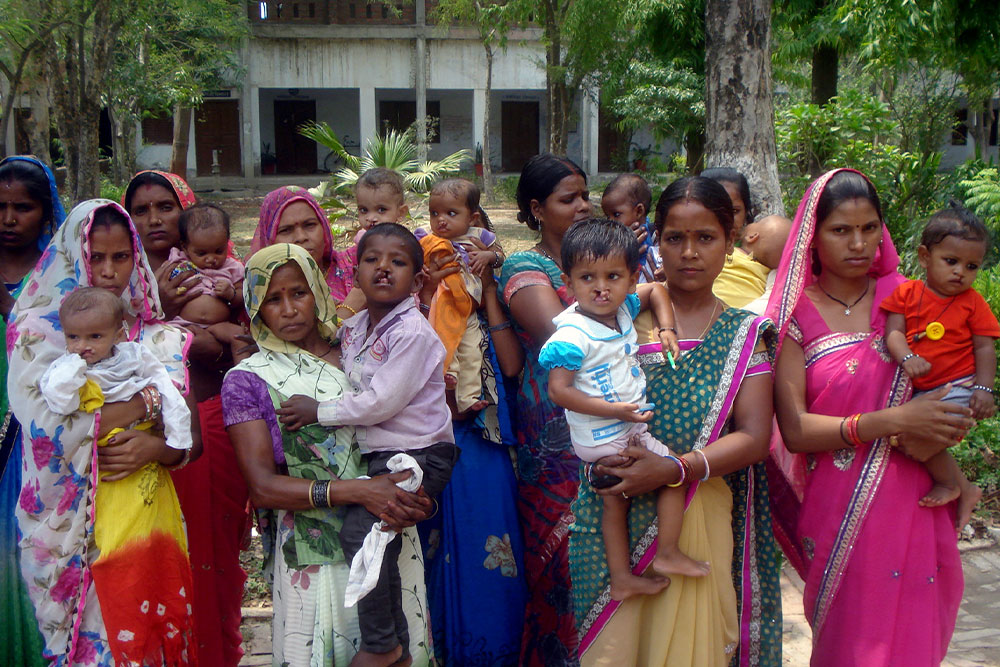
Do you find this work rewarding?
Every second of this work is rewarding! I’ve worked in the development sector for about 37 years, but with Smile Train, instantly you get the reward. Once the mother receives her baby in her hands and sees that smiley face — she is usually not saying anything, just looking lovingly into her baby’s face, but her eyes are saying how grateful she is to the cleft team and to Smile Train.
They are happy for the surgery and they are, obviously, especially happy that they are not paying anything. That makes us happy, too! I am very proud that I am part of Smile Train, where I help to achieve so much through my work and get to do something for people every day.
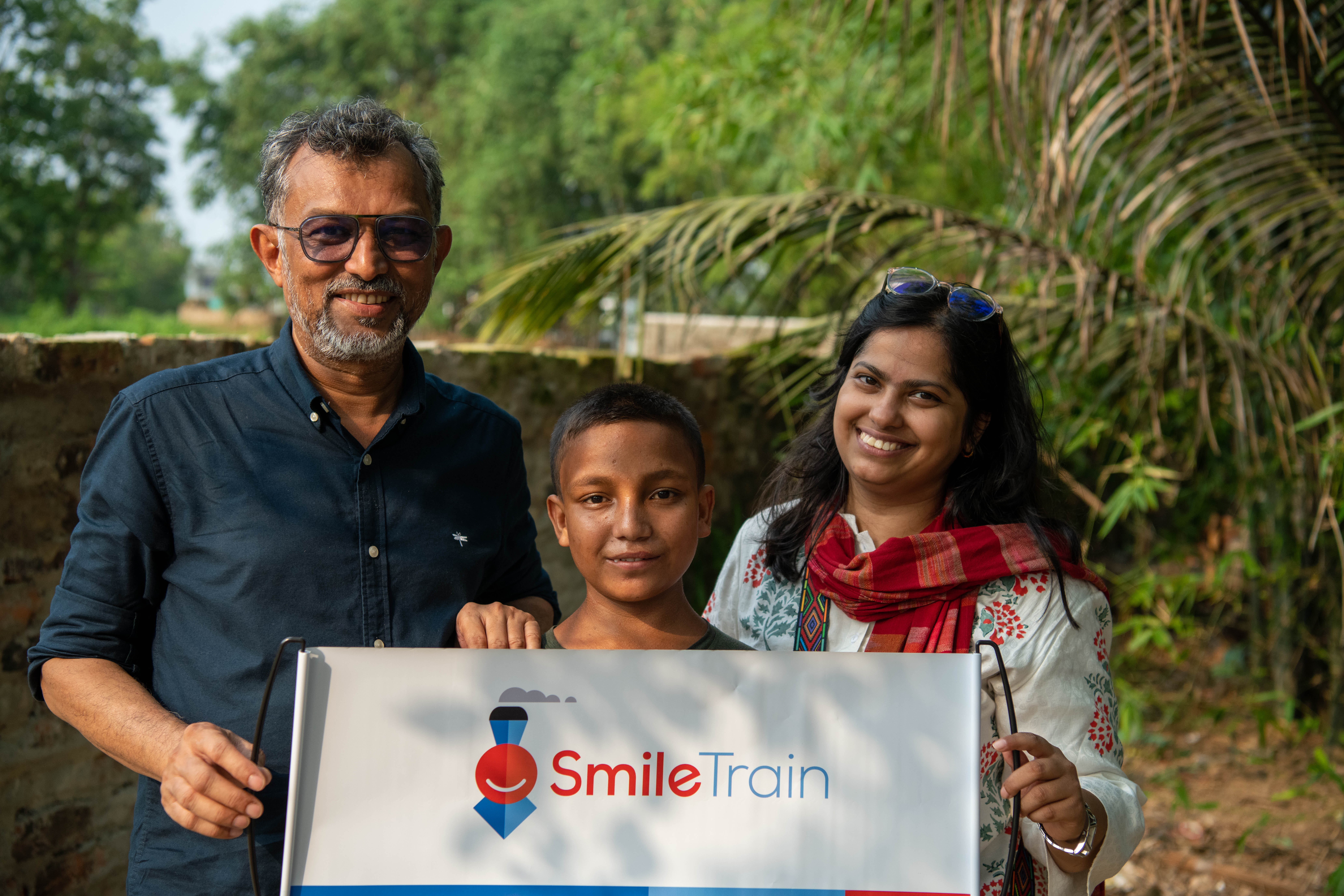
As Smile Train celebrates our 25th anniversary this year, where do you see our Bangladesh programmes heading over the next quarter century and beyond?
I see a future where every child with a cleft in our country will have access to all the services and treatments they need to live with dignity and health, including surgery, plus nutritional support, speech therapy, psychosocial care, orthodontics, and more, all for free.
Mobasher and his colleagues can only bring lifesaving healthcare to some of the world’s most vulnerable children thanks to people like you.

